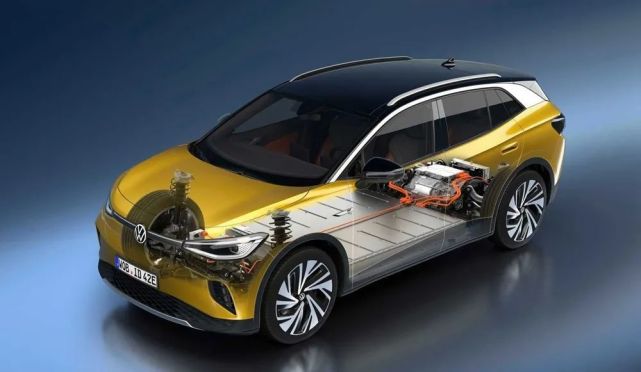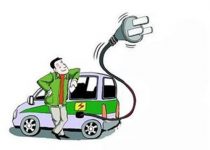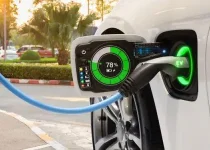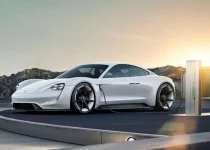How do electric vehicles handle in comparison to traditional ICE vehicles?
Electric vehicles (EVs) often have different handling characteristics compared to traditional internal combustion engine (ICE) vehicles, which can lead to a distinct driving experience. Some key differences include:
- Instant torque: Electric motors deliver instant torque from a standstill, providing quick acceleration and responsive power delivery. This can make EVs feel more agile and faster off the line compared to many ICE vehicles.
- Low center of gravity: EVs typically have their batteries placed low in the vehicle’s chassis, which results in a lower center of gravity. This helps improve handling stability and cornering performance, as well as reduce body roll during turns.
- Weight distribution: The placement of batteries and electric motors can contribute to a more balanced front-to-rear weight distribution in many EVs. This can enhance overall handling and stability, making the vehicle more predictable and easier to control.
- Regenerative braking: EVs use regenerative braking systems that capture energy typically lost during braking and feed it back into the battery. This can lead to a different brake feel compared to traditional friction brakes in ICE vehicles. While this may take some time for drivers to get used to, it can result in smoother and more efficient driving once mastered.
- Reduced engine noise: EVs are generally quieter than ICE vehicles due to the absence of combustion noise and the simpler drivetrain. This can make for a more comfortable and serene driving experience, but also means that drivers may hear more road and wind noise.
- Weight: Electric vehicles tend to be heavier than their ICE counterparts, mainly due to the weight of the batteries. This additional weight can impact handling characteristics, such as acceleration and braking distances.
Overall, electric vehicles can offer a unique and often enjoyable driving experience, with benefits like instant torque, a low center of gravity, and reduced engine noise. However, the handling characteristics can be different from traditional ICE vehicles, so drivers may need some time to adapt to the unique feel of an EV.

The differences in handling characteristics between electric vehicles (EVs) and internal combustion engine (ICE) vehicles can be further accentuated by the following factors:
- Suspension tuning: EV manufacturers may tune the suspension to accommodate the additional weight of the batteries and electric drivetrain. This can lead to different suspension setups, which can affect ride comfort and handling characteristics.
- Tire choice: EVs may use specific low-rolling-resistance tires to improve energy efficiency. These tires can have an impact on handling, as they may provide less grip compared to traditional performance tires found on some ICE vehicles.
- Electric all-wheel drive (e-AWD): Some electric vehicles offer e-AWD systems, which use separate electric motors for the front and rear wheels. These systems can provide more precise torque vectoring, improving traction, stability, and handling.
- Drive modes: Many EVs offer selectable drive modes that can alter the driving experience. These modes can affect throttle response, regenerative braking aggressiveness, and even steering feel, allowing drivers to tailor the vehicle’s behavior to their preferences.
In summary, electric vehicles can provide a unique and engaging driving experience, with benefits such as instant torque, a low center of gravity, and reduced engine noise. However, they also have different handling characteristics compared to traditional ICE vehicles, influenced by factors like weight, suspension tuning, tire choice, and drive modes. While some drivers may need time to adapt to these differences, many find the overall driving experience of an EV to be enjoyable and satisfying.


